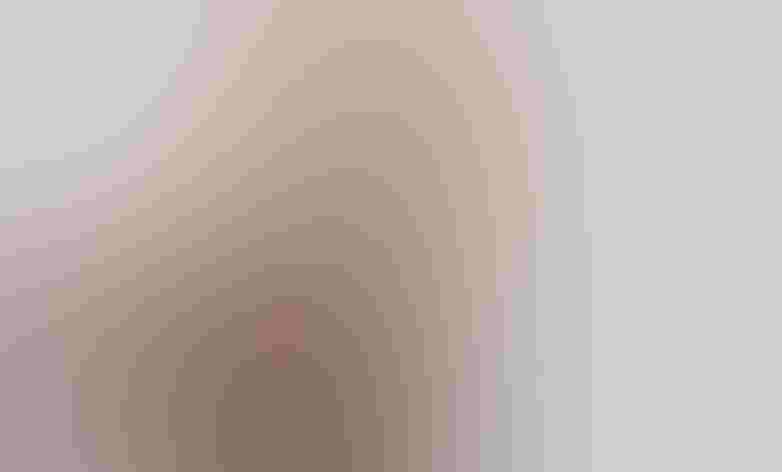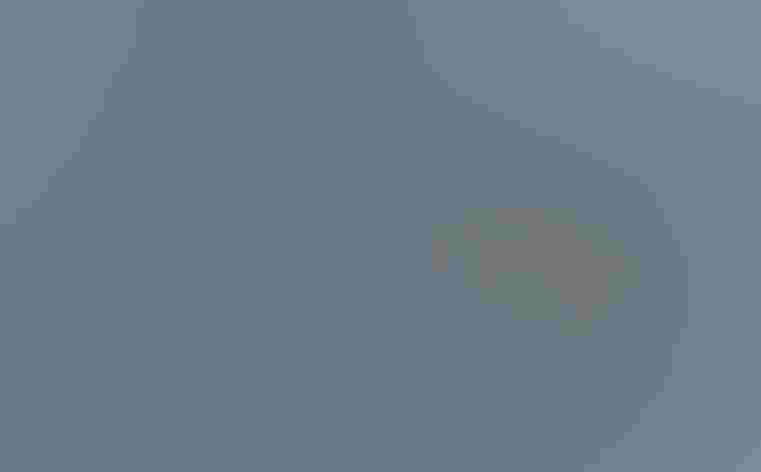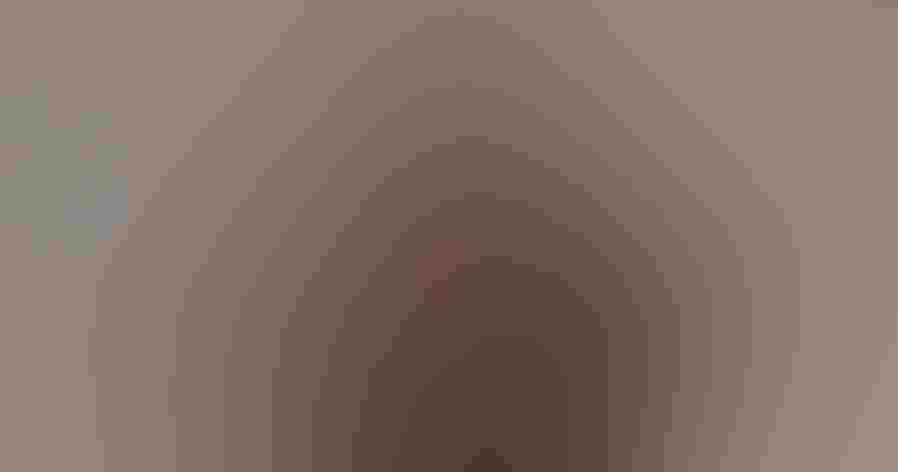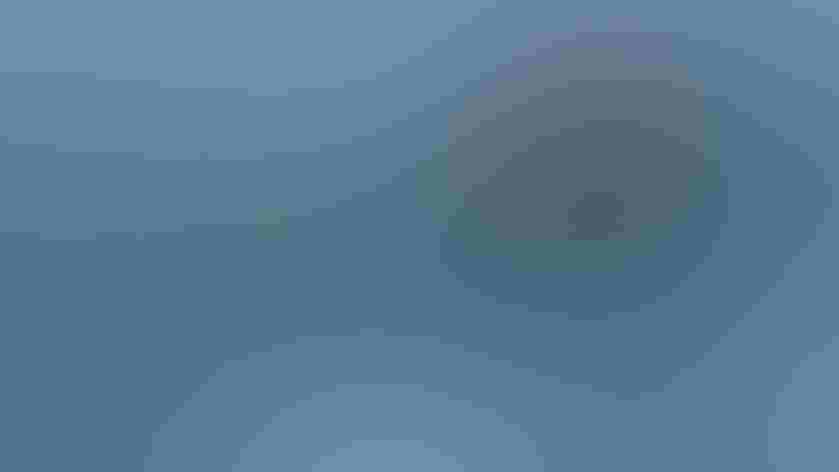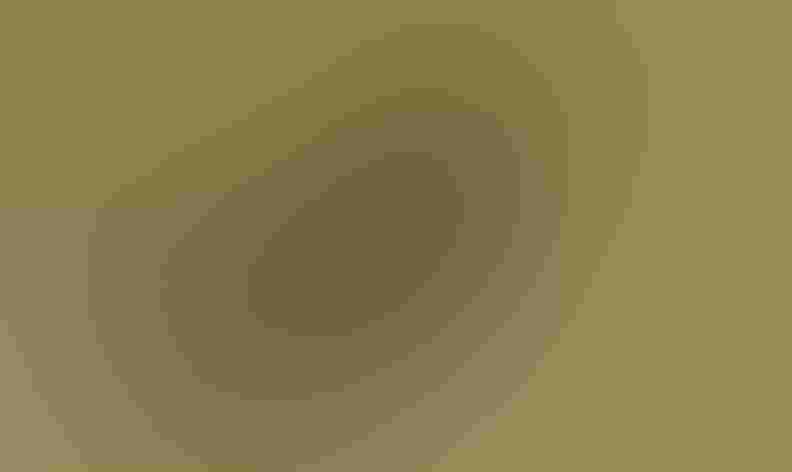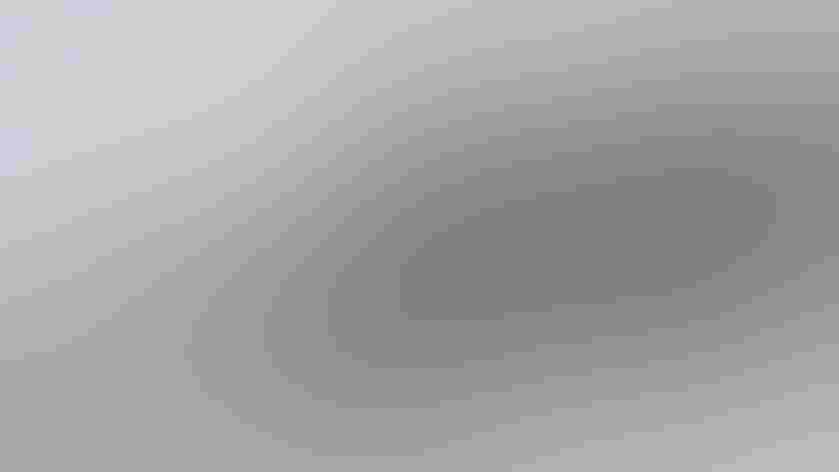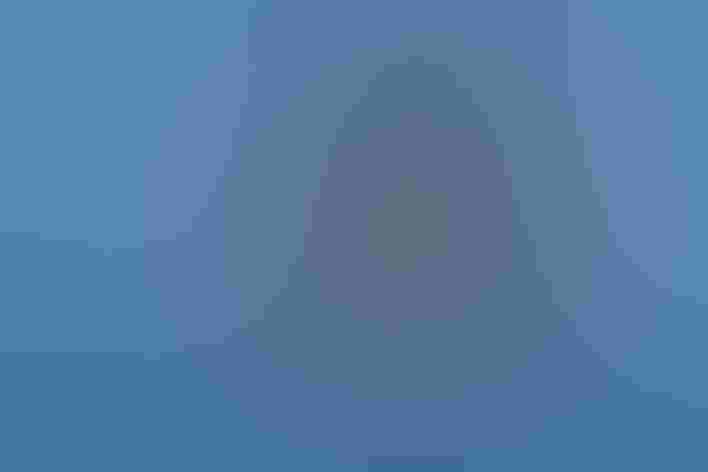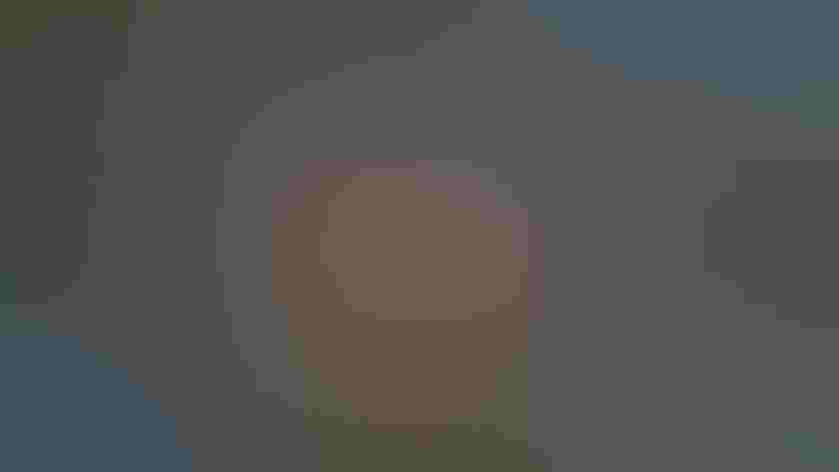Surf Scoter
At a Glance
This duck is common in winter on both coasts; on Pacific Coast, often seen around fishing piers and harbors. The male's strong head pattern earns the species the hunters' nickname of 'skunk-head coot.' When feeding, they usually spring forward and dive with the wings partly opened. Silent at most times of year.
All bird guide text and rangemaps adapted from by Kenn Kaufman漏 1996, used by permission of Houghton Mifflin Harcourt Publishing Company. All rights reserved.
Category
Diving Ducks, Duck-like Birds
IUCN Status
Least Concern
Habitat
Coasts and Shorelines, Forests and Woodlands, Lakes, Ponds, and Rivers, Open Ocean, Saltwater Wetlands, Tundra and Boreal Habitats
Region
Alaska and The North, California, Eastern Canada, Florida, Great Lakes, Mid Atlantic, New England, Northwest, Plains, Rocky Mountains, Southeast, Southwest, Texas, Western Canada
Behavior
Direct Flight, Swimming
Population
470.000
Range & Identification
Migration & Range Maps
Migrates in flocks. When migrating overland to coastal wintering areas, usually flies high. Stopovers on lakes inland apparently are mostly for resting, not for feeding.
Description
17-21" (43-53 cm). Male has striking pattern with white head patches (sportsmen's nickname is "skunkhead coot"), orange and white on bill, otherwise all black. Female dark sooty brown, with two whitish patches on face. At close range, notice how base of bill is shaped.
Size
About the size of a Crow, About the size of a Mallard or Herring Gull
Color
Black, Brown, Orange, White
Wing Shape
Pointed, Tapered
Tail Shape
Pointed, Wedge-shaped
Songs and Calls
A low guttural croaking.
Call Pattern
Flat, Simple
Call Type
Croak/Quack, Whistle
Habitat
Ocean surf, salt bays, marinas; in summer, fresh Arctic lakes, tundra. Breeding habitat is near lakes and slow-moving rivers in far north, in sparsely forested or semi-open terrain, sometimes out on open tundra. In winter mostly on ocean in shallow bays or estuaries. Some may winter on Great Lakes, rarely on other bodies of fresh water.
Sign up for 爆料公社's newsletter to learn more about birds like the Surf Scoter
Behavior
Eggs
5-9, usually about 7. Pale buff. Incubation is by female only, incubation period not known.
Young
Leave nest and go to water shortly after hatching. Young are tended by female, but feed themselves. Age of young at first flight not well known.
Feeding Behavior
Forages by diving and swimming underwater, propelled mainly by the feet, with the wings usually half-opened.
Diet
Mostly mollusks. In addition to mollusks, also feeds on crustaceans, aquatic insects, small fishes, echinoderms, marine worms. Also eats some plant material, mainly pondweeds and sedges. Young eat mostly aquatic insects at first, also mollusks and some plant material, including sedges, pondweeds, and crowberries.
Nesting
Pairs are formed on winter range. Several males may surround one female in courtship. Displays of male include swimming back and forth rapidly with neck stretched upward, exaggerated bowing, short display flights; males may pursue female underwater. Nest site is often some distance away from water, on ground, well hidden under low tree branches or in dense grass clump. Nest (built by female) is a shallow depression lined with down.
Conservation
Conservation Status
May have gone through a serious decline early in the 20th century, but now mostly stable or only slightly declining. Wintering concentrations are vulnerable to oil spills and other pollution.
Climate Threats Facing the Surf Scoter
Choose a temperature scenario below to see which threats will affect this species as warming increases. The same climate change-driven threats that put birds at risk will affect other wildlife and people, too.

